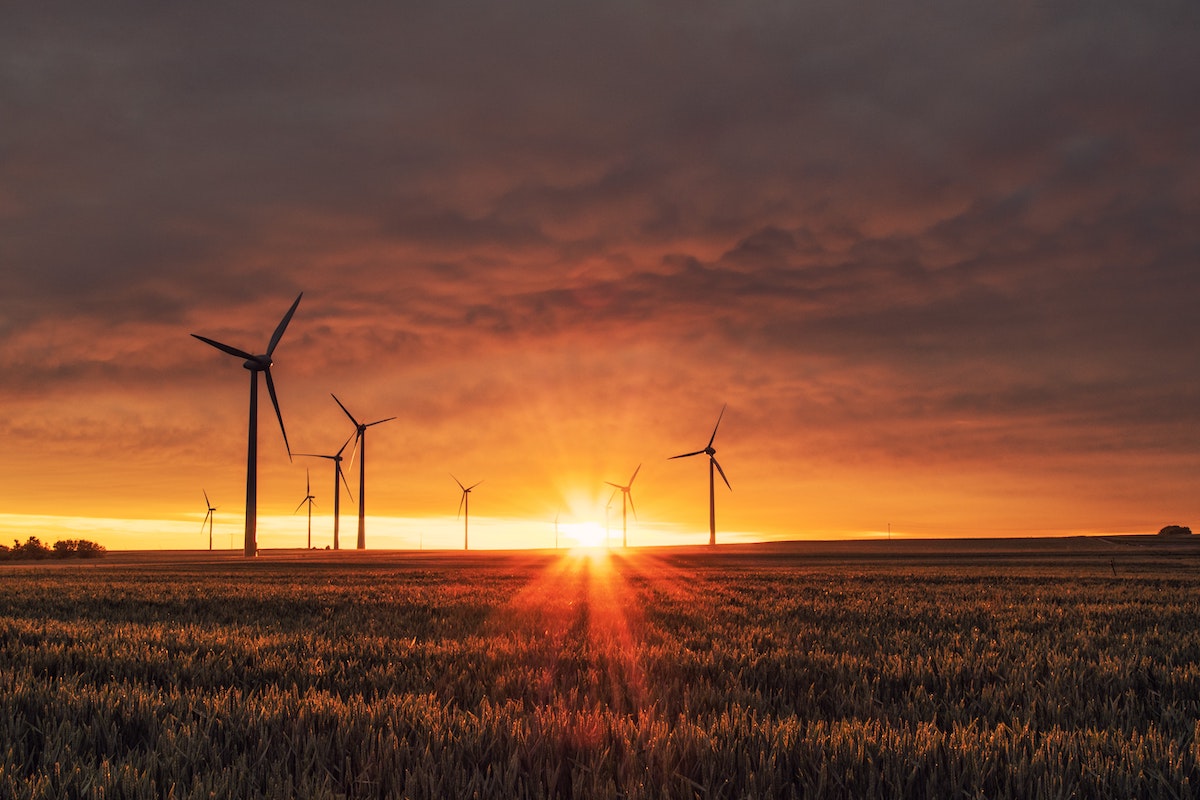
Despite its reputation as a hardy and drought-resistant plant, hemp can be surprisingly sensitive to various weather and climate conditions. Given the wide range of climate zones in the United States, growers need to understand that what might work for a hemp crop in the Northern Plains will not necessarily be successful in the Southeast.
For example, in Texas in 2020 – the state’s first year of legal hemp cultivation – growers faced significant issues stemming from weather and climate. In September 2020, Calvin Trostle – Professor and Agronomist with Texas A&M University’s AgriLife Extension – told Hemp Benchmarks: “There was no advanced testing of varieties … prior to entering our first growing season. What we found is that among all types – grain, fiber, cannabinoids – there was frequently premature development of floral structures which is highly undesirable. This curtails yield. I wonder if the absolute heat on hemp in much of the Texas crop broke the dominance that photoperiod sensitivity has on the crop, the stress of heat possibly coupled with lack of water forcing the plants into premature floral development.”

Genetics Are a Major Factor in What and Where to Grow
As Trostle’s account indicates, not all hemp cultivars will thrive in every region of the country. Rick Novak, recently retired as the Director of Seed Programs in the Soil and Crop Sciences Department at Colorado State University, worked with companies and individuals that develop hemp genetics to become eligible for certification programs. In an interview with Hemp Benchmarks, he acknowledged that hemp remains a challenging crop for many growers and several more years of research are required to fully understand the plant’s needs.
One major consideration in hemp cultivation and climate conditions, he said, is determining the proper hemp genetics for a particular region’s day length. “A lot of people don’t realize that a lot of the genetics are day length sensitive,” he said. “That means when our day length changes, based upon the longest day of the year, that day length change triggers the plant to go from the vegetative to reproductive [or flowering] stage.” For the grower, Novak added, genetics can also determine if the plants should be started in a greenhouse with controlled lighting or in the field.
Novak said the issue of just where hemp should be grown is “a loaded question, because, yes, it does make a difference.” The difference, he said, “is that days are longer as you move north. Because each day, as you move north, the temperatures may be colder but the days may be a little bit longer. So a plant may grow more every day than it does in the southern areas.”
Genetics, he added, can also determine the plant’s time to maturity and its potential production. “Generally in the plant population, longer maturing plants have a higher ability for higher yield,” Novak observed. “That’s just the nature of plant genetics: longer season varieties have higher yield potential.”
Understanding those differences, Novak said, can make or break a hemp season. “I don’t believe [hemp plants] are a lot more susceptible to weather … than sunflower or any other row crop,” he said. “That’s just the nature of having an outside grow. We’re still learning what the ideal planting date would be. It will vary from year to year. In Colorado the window is still mid-May to mid-June. But it depends on the year, it could be colder, warmer, wetter, windier. All of those [factors] have an impact.”
Suggestions for Hemp Growers
Novak provided some advice for hemp farmers looking to grow the hemp most suited for their regions and climates:
Local genetics are a reliable starting point.
“I’m referring to buying seed or plants that have been grown in your geographic area,” he said. “If not, do your homework: look for seed or plants that have been grown in a more tested environment and compare them to other genetics.” Also, he added, find out if the supplier has grown other comparable varieties or genetics that you can reference.
Good crop management is key.
“As I’ve seen, the attention to detail that growers have is extremely important,” Novak observed, “because management of this crop is second to none. It has to be done with the utmost care for the crop, because It can respond real well with good management.” Even in dry and arid conditions, “If the crop is managed well with water and soil fertility it will grow very well, and produce very well,” he said.
Humidity issues.
“Hemp likes moisture but it is susceptible to certain diseases you’ll find in plants in general,” he said. “There’s concern with various bacterial infections that can occur with high moisture.” We previously examined numerous diseases that can attack hemp crops, many of which are related to moisture and humidity issues, in a February Hemp Market Insider post.
“Hot” Plants Not Due to Weather Conditions
Current research into hemp is already disabusing some “conventional wisdom” about how the plant responds to various conditions. Not too long ago, many cultivators assumed that weather was a factor when hemp crops went “hot,” or had THC levels above the allowed 0.3% limit. However, a Cornell University study released in 2020 found that was not the case. Instead, researchers found that genetics, not growing conditions, play a key role in hot hemp.
“Often that issue of going hot has been blamed on environment,” Larry Smart, senior author of the study and professor in the horticulture section of the School of Integrative Plant Science, told the Cornell Chronicle at the time. “[People thought] there was something about how the farmer grew the plant, something about the soil, the weather got too hot, his field was droughted, something went wrong with the growing conditions,” Smart continued. “But our evidence from this paper is that fields go hot because of genetics, not because of environmental conditions.”
More Research is Needed
Novak believes that expanded research into hemp is essential if the industry is to achieve better productivity and yield that is seen with other, long-examined crops such as corn and wheat. With hemp, for example, “there is a window of opportunity for planting … and it would take university or corporate research to determine that for each geography.” Another potential research opportunity, he said, is soil fertility. “We don’t know [hemp’s] fertility needs to the extent that we should. Especially this year, as fertilizer prices are going to be more expensive than last year.”
Hemp growers, he added, need to become advocates for more research into the plant. “Without growers expressing the need for universities or extensions it just doesn’t happen,” he said. “[Researchers] need to recognize this is what the stakeholders would like to see.” As the examples above from Texas A&M and Cornell indicate, university extensions and researchers are indeed engaging with the young hemp industry. Other examples of such engagement include the Midwestern Hemp Database and Oregon State University’s Global Hemp Innovation Center. Endeavors like these should help to provide guidance to growers that will help enable them to be more successful in future seasons.



